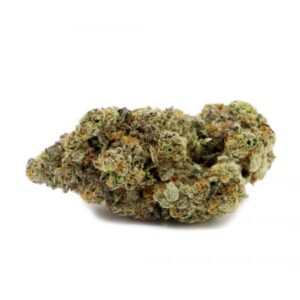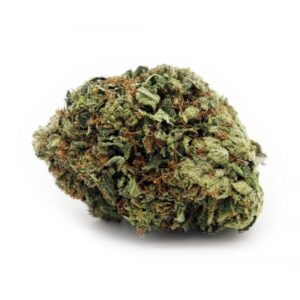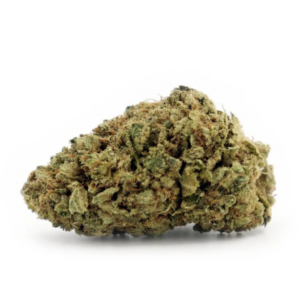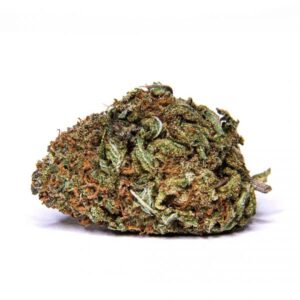Grape Ape Weed
Grape Ape Weed has a high that mounts slowly, eventually leading to a very weighty sensation in the head and limbs. Thanks to a slow onset, those enjoying Grape Ape should consume cautiously, keeping in mind that a little of this strain can go a long way. In ideal conditions, Grape Ape provides a palpable sense of both mental and physical relaxation, easing users into a spacey calmness. Rather than stimulating rapid-fire thoughts, Grape Ape offers a full body stone.
Grape Ape Weed plants may be difficult for novices to cultivate. If grown outdoors, the strain tends to be resistant to both disease and destructive bugs. It can be easily grown indoors as well, given its indica shape: plants are bushy with strong lateral branches radiating from the central stem. Grape Ape plants rarely exceed 4 feet in height. Growers may want to practice topping, by trimming wide fan leaves at the top of the plant to allow light to reach lower branches. Grape Ape flowers within 7 to 8 weeks when grown indoors and produces a solid yield of medium to large flowers; growers can expect as much as 74 grams or about 2.5 oz of flower per square foot.
Definitely a nighttime strain, Grape Ape Weed produces a strong, yet not overwhelming high that’s excellent for segueing into a deep, medicated sleep. It delivers a slightly euphoric, clear, and focused high at the outset, which then gives way to an almost comatose-like effect. While this strain produces an enjoyable high for many users, inexperienced or light users should approach this strain with caution due to its relatively high THC levels. Its intense high comes on slowly and can potentially disorient new users. However, its powerful effect may attract some users, making it a West Coast favorite.











